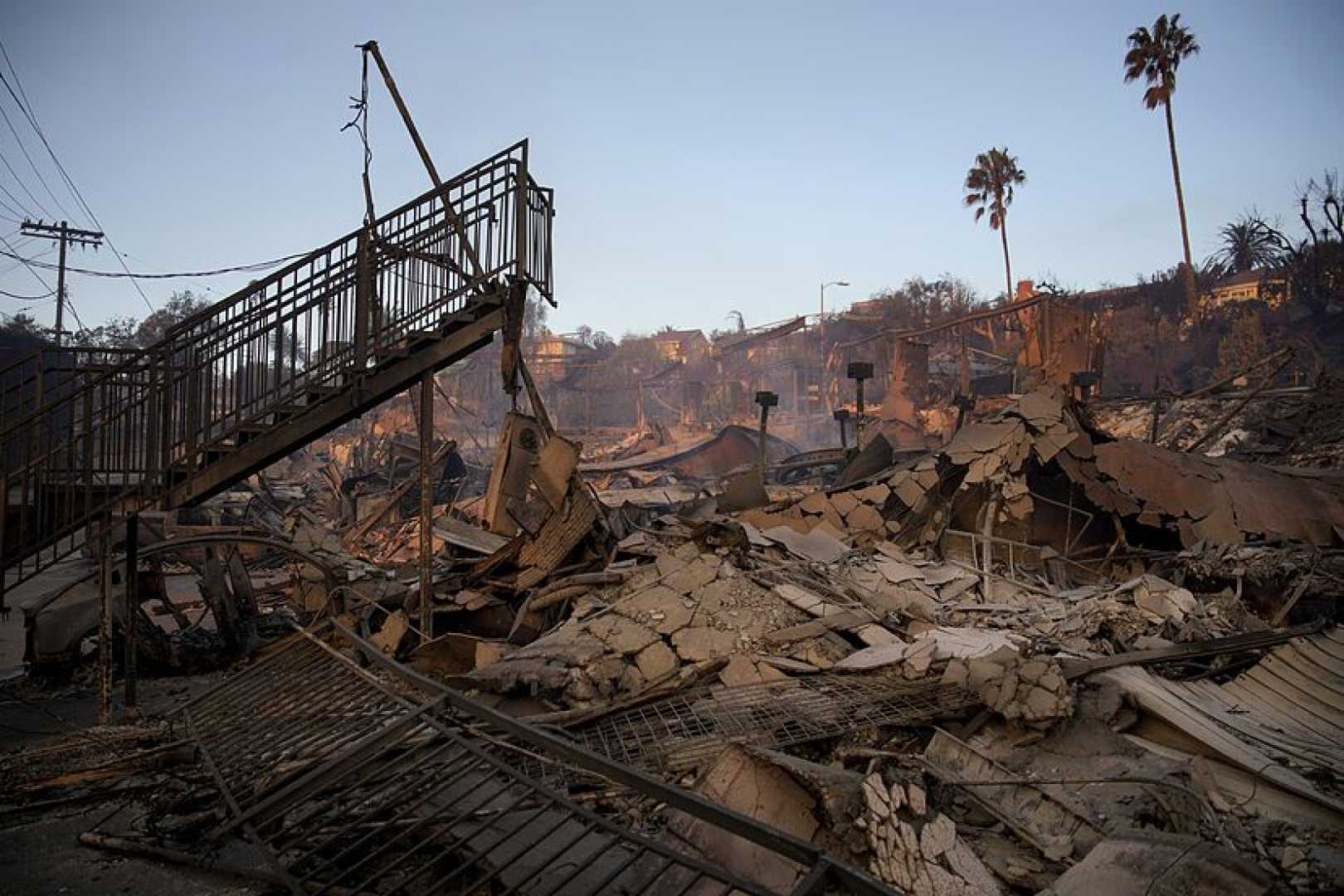News
California Faces Dual Threats: Earthquakes and Wildfires Challenge Resilience

LOS ANGELES, Calif. — Southern California, often romanticized for its sunny weather and laid-back lifestyle, is grappling with the harsh realities of natural disasters. On Jan. 7, 2025, wildfires ravaged the region, claiming at least 28 lives and leaving residents on edge. For many, the threat of earthquakes had long been the primary concern, but the recent fires have added a new layer of urgency to the state’s disaster preparedness efforts.
Dr. Lucy Jones, a renowned seismologist, has been at the forefront of educating Californians about the risks of earthquakes. In 2017, she led a tour of the San Andreas fault near Palm Springs, warning public officials of the potential for a catastrophic 7.8 magnitude quake. “If a 7.8 struck, the ground would shift, and within 10 seconds, people standing face to face on opposite sides of the fault would be as much as 30 feet apart,” Jones explained. Such an event could result in significant loss of life, economic disruption, and months-long power and water outages.
Despite these warnings, many cities have yet to implement necessary seismic safety upgrades. Jones estimates that while about 6 million residents of Los Angeles County live in areas with reasonable protections, roughly 4 million do not. “Too often, people decide not to decide,” Jones said, highlighting the human tendency to downplay risks.
The recent wildfires have further exposed the vulnerabilities of California‘s communities. In 2023, Jones produced a guide examining the dynamics of major fires, including the Camp fire in Paradise and the Woolsey fire in Ventura. The lessons were clear: communities must act collectively before disaster strikes, prioritize the needs of vulnerable residents, and ensure effective leadership.
“Emergency management is not just response,” Jones concluded in her report. “It is developing resilience before, responding efficiently during, and recovering quickly after a disaster.” The recent fires have underscored the need for improvements in all these areas, despite the heroic efforts of firefighters and first responders.
Jones also emphasized the risks associated with the Wildland Urban Interface (WUI), areas where human development meets undeveloped wildland. Los Angeles has thousands of acres of WUI, including the Palisades and the base of the San Gabriel Mountains. “Building in WUI locations can be safe if done properly,” Jones said, “but shouldn’t happen without really thoughtful discussions … because our fire risk is up.”
The combination of drought and Santa Ana winds has exacerbated the fire risk, with blazes breaking out seemingly by the hour. “My worst nightmare is putting the two together,” Jones said. “Having an earthquake when we’re having Santa Anas.”
For many residents, the dual threats of earthquakes and wildfires have led to a heightened sense of vulnerability. Steve Lopez, a Los Angeles Times columnist, recounted his own efforts to prepare for disasters, from fortifying his home against earthquakes to purchasing a motorized pump to defend against fires. “To sleep well in Los Angeles, you can’t think about these things,” Lopez wrote. “You have to push away the reality of risk.”
Yet, amidst the challenges, there are signs of resilience and community spirit. On Jan. 8, the Pasadena Convention Center became a hub of support for evacuees, with service organizations and volunteers stepping up to help. Anthony Ruffin, a social worker in Altadena, lost his home in the fires but vowed to rebuild. “He misses that house and the neighborhood and plans to rebuild in that very spot,” Lopez noted.
The selflessness of individuals like Ruffin and the generosity of the Altadena community have deepened Lopez’s connection to Southern California. “To be attached is to be aware, to embrace responsibility to the land, to the planet, to survival, to each other,” he concluded.












